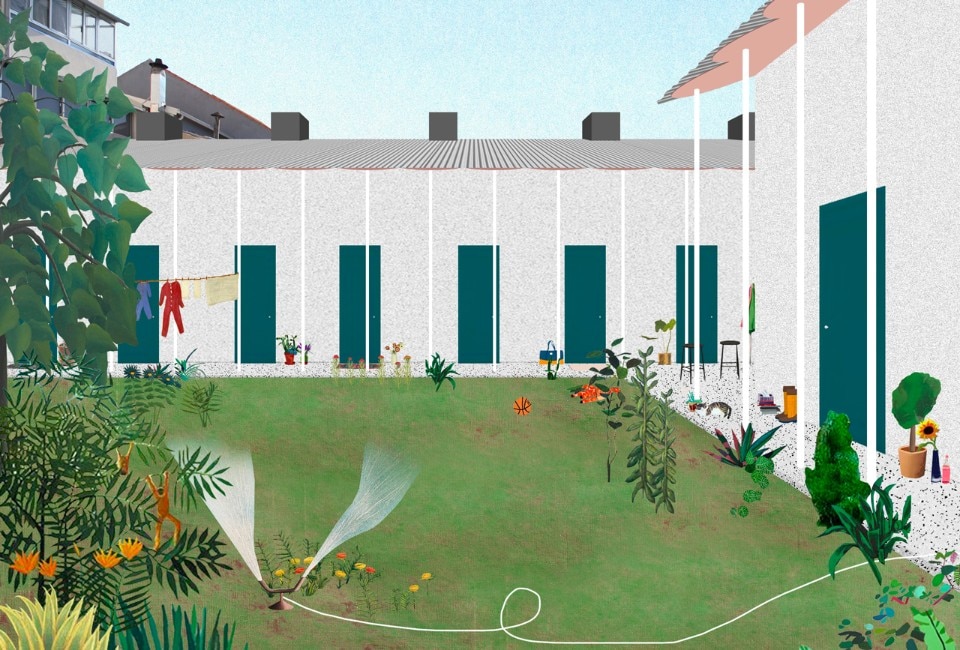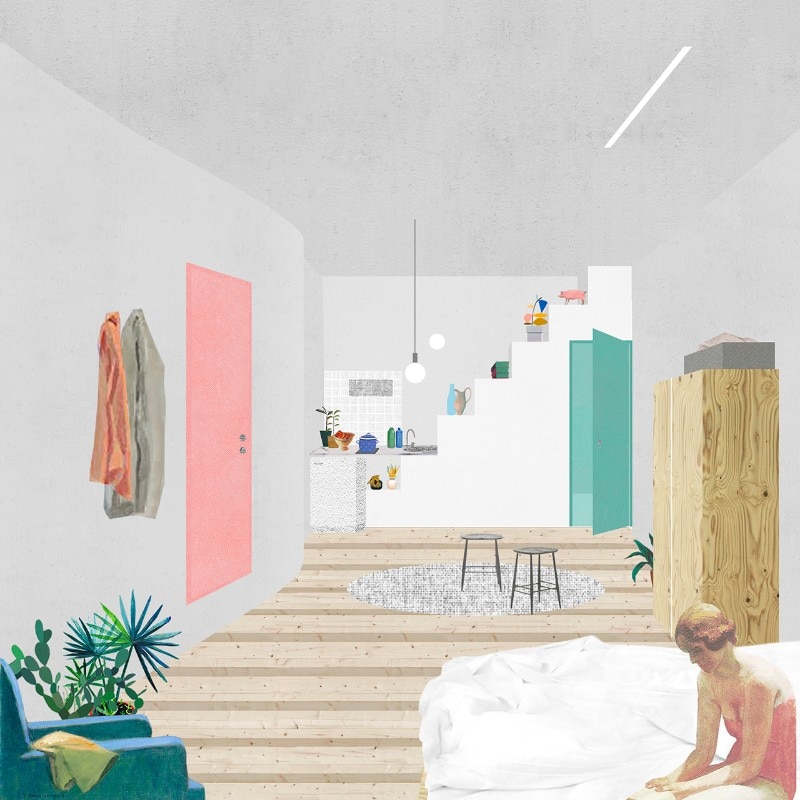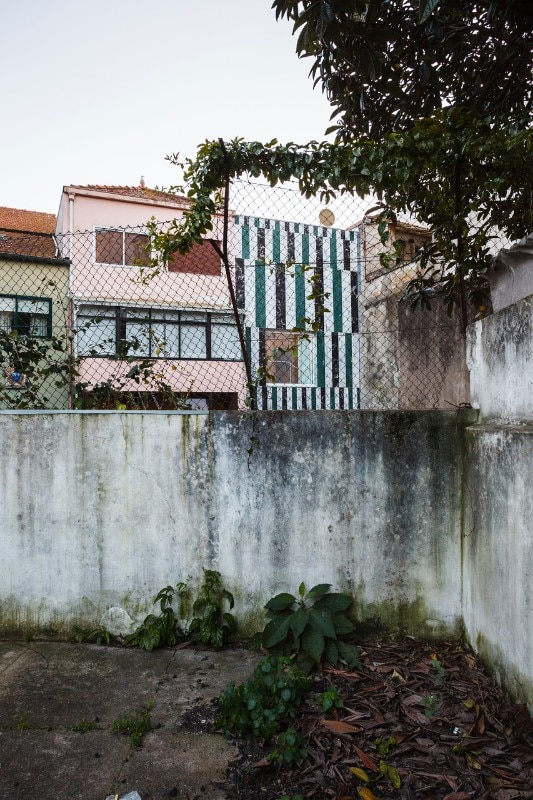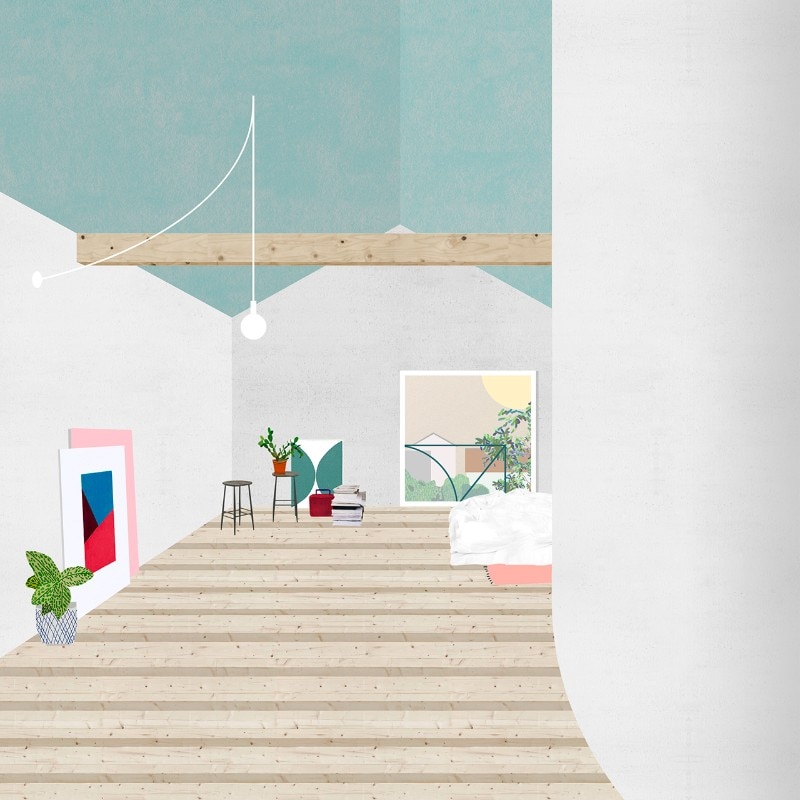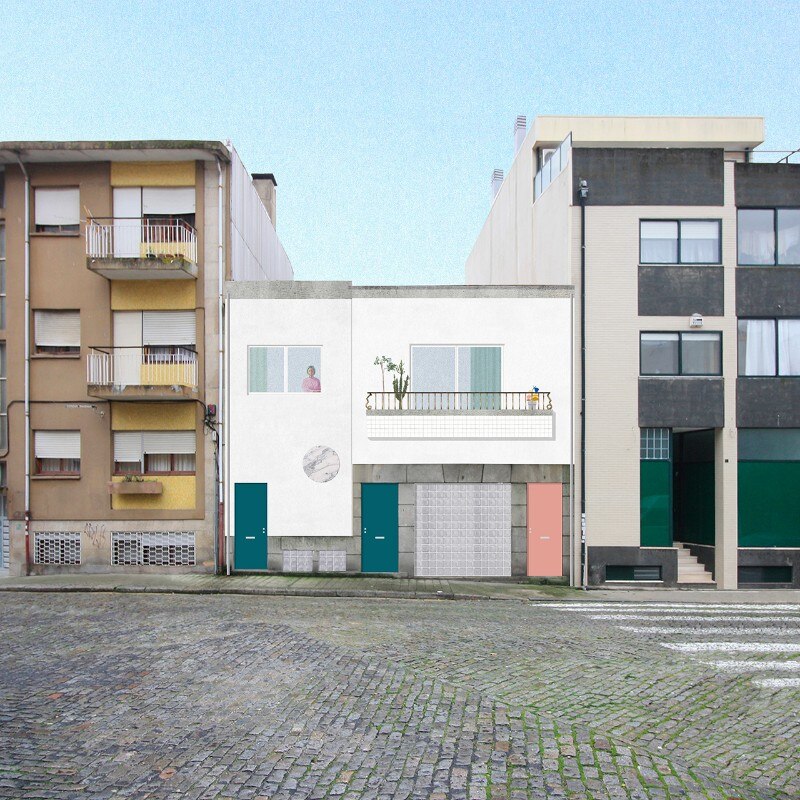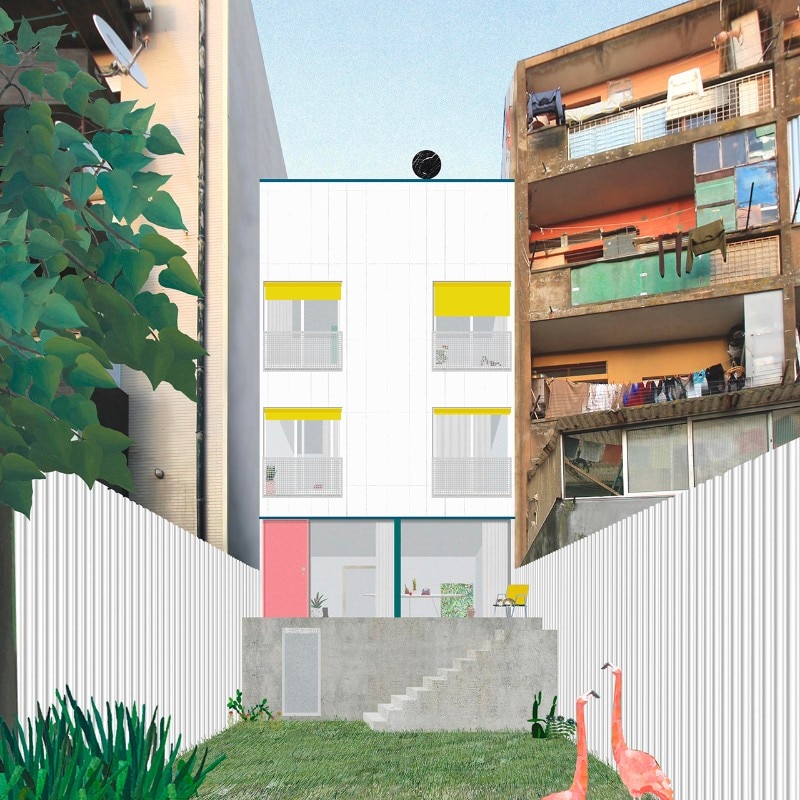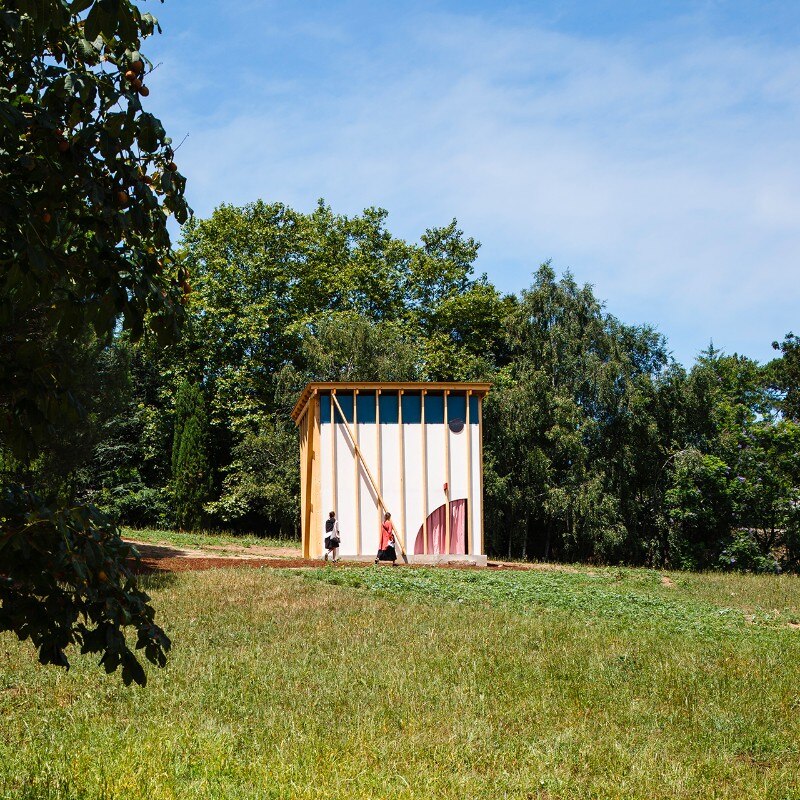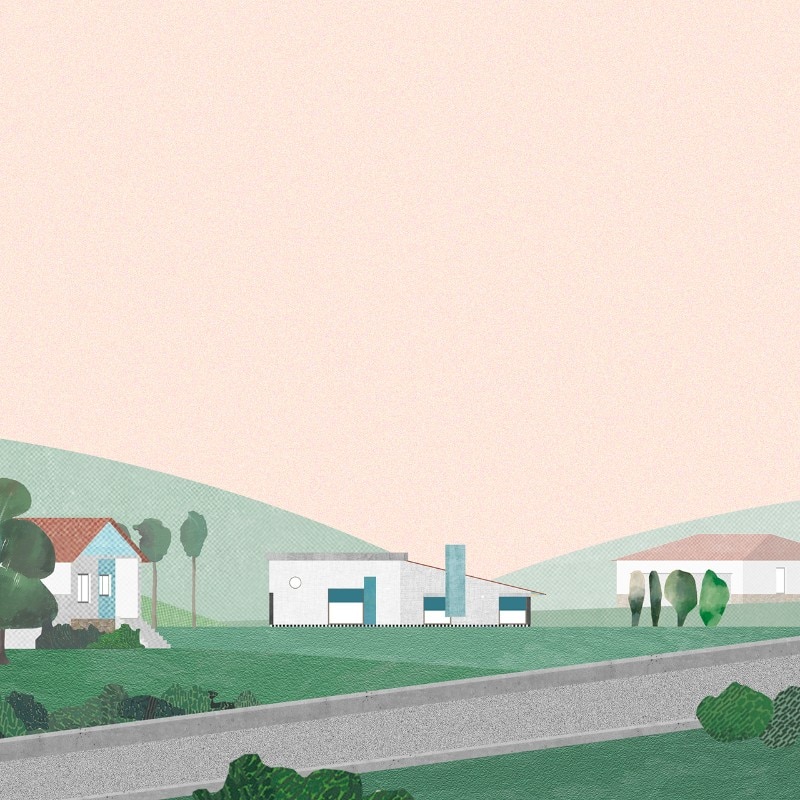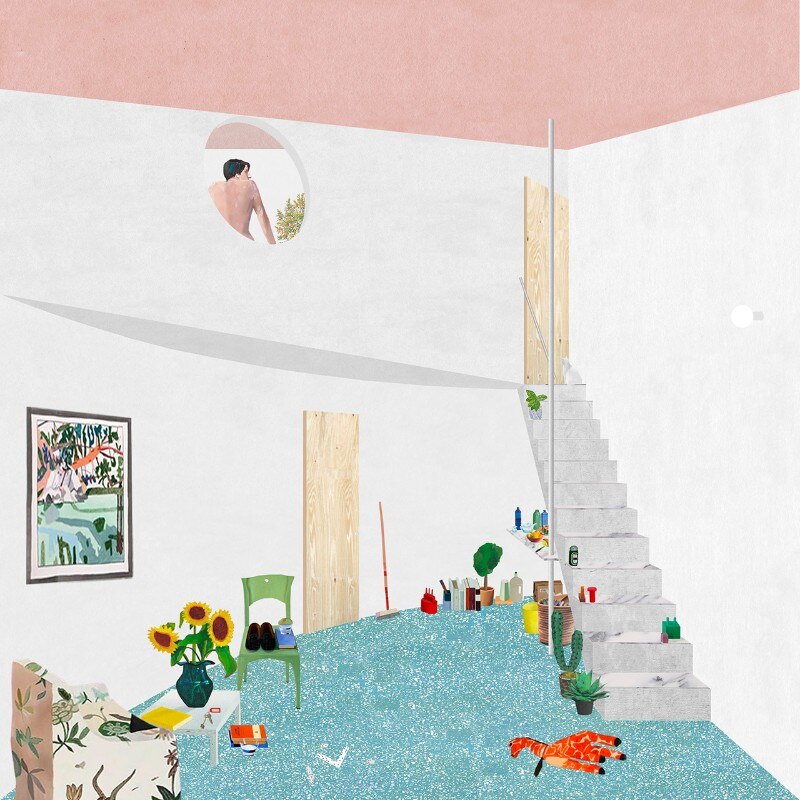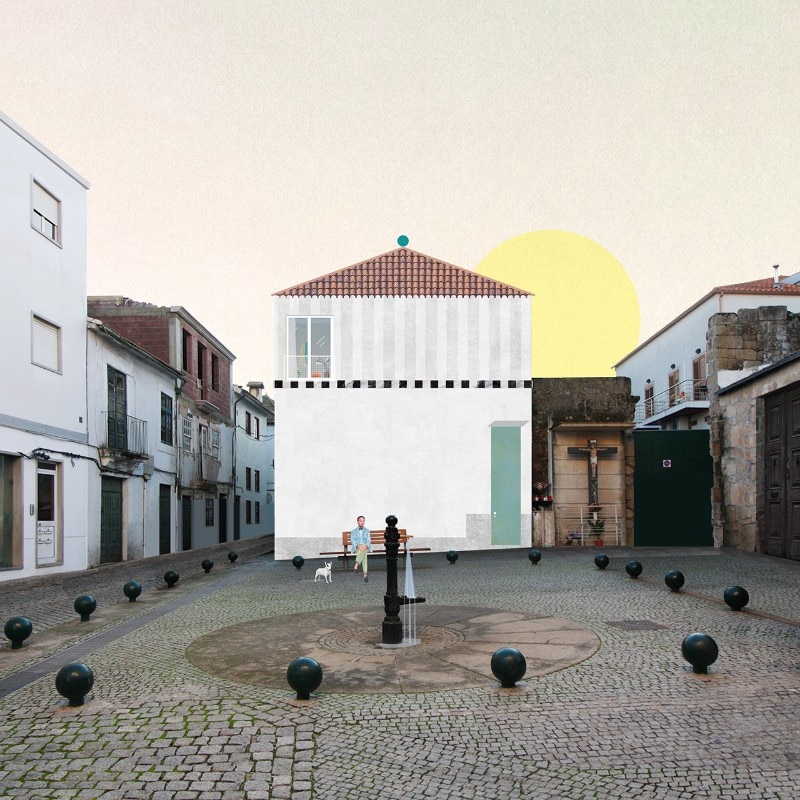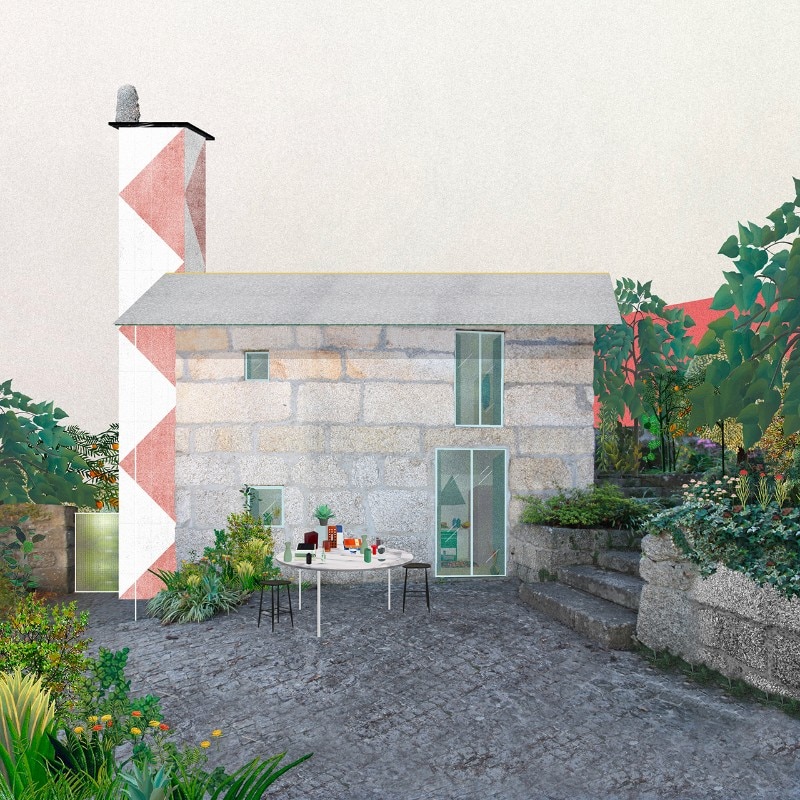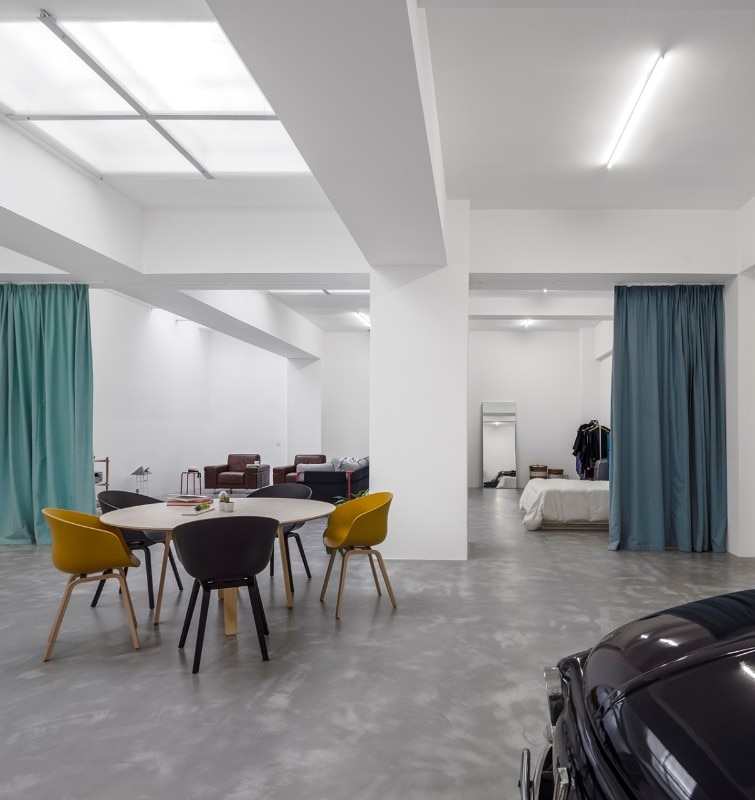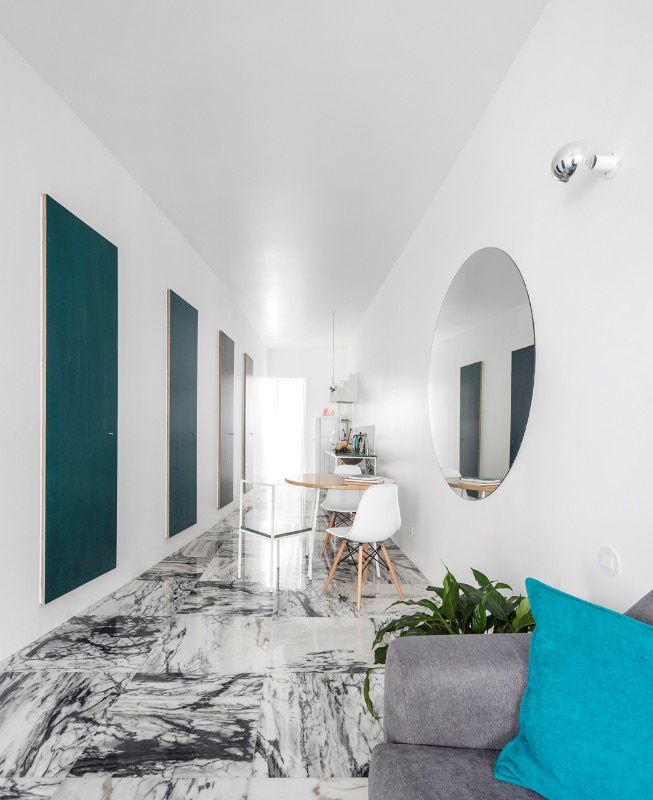Fala is a architecture practice based in Porto, led by Filipe Magalhães, Ana Luisa Soares and Ahmed Belkhodja. Established in 2013, the atelier works with methodic optimism on a wide range of projects, from territories to birdhouses.
You have opened your firm right after the economic crisis in 2011, which harshly affected Portugal. How did you face the profession during the first period?
Doing a lot of competitions, in Switzerland mostly. One or two ongoing projects, installations and exhibitions. The city at that time was full of collapsing abandoned buildings but then we got Ryanair, tourists and it all started. The age of Airbnb, having no clients and a good amount of freedom to explore our field of references, obsessions and constraints, to start building our own vocabulary. We learned to be more inventive while working with similar typologies, trying to find significant details in these very banal buildings, to create order out of this desperate confusion.
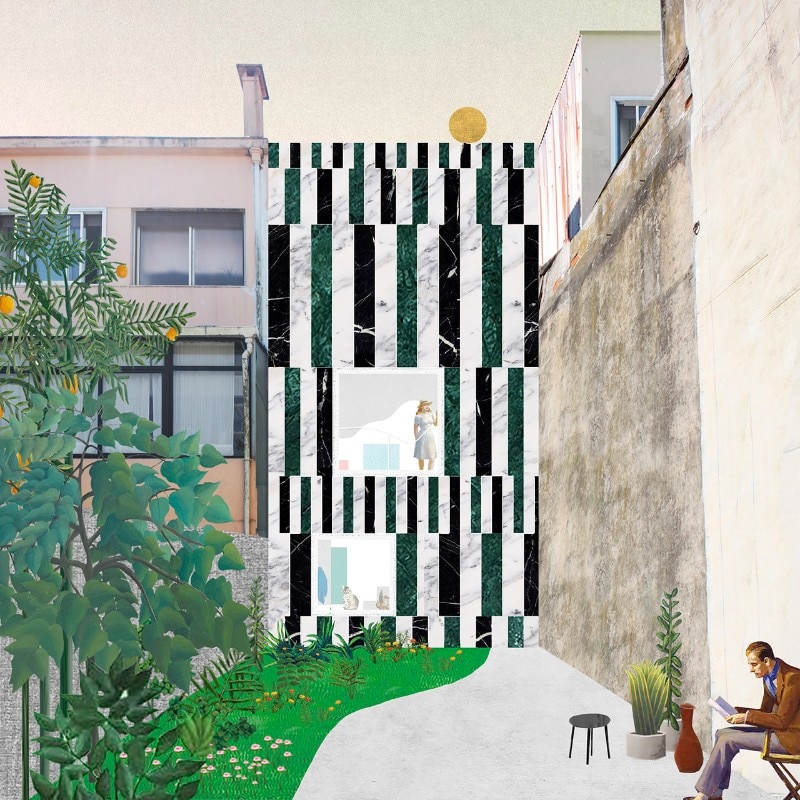
In Portuguese, Fala means informal conversation. With whom you dialogue with? Who are your typical clients?
Well, fala actually means Filipe – Ana Luisa – Ahmed. Our typical client is the investor from another country who doesn’t really care about architecture, they need a couple of convincing diagrams and square meters to sell.
Your collages had become so popular that they’re by now your distinctive sign. Sometimes photographs of the project and its imagined counterpart overlap in such a way that it’s difficult to distinguish whether is one or the other. Aren’t you afraid of being remembered more for your winky images instead of your realised works?
We never aimed at cuteness. With all the internet (Facebook, Instagram...) agenda, there is clearly a conflict between architecture as building and architecture as representation. But why do we need to be ashamed of producing images? Architecture is inevitable without any kind of representation. As we try to develop our language in architecture, we do the same with images, shaping our own theories of compositions, compiling libraries, attempting to make order out of disorder, rethinking our own vocabulary and tracing its transformation. The drawing itself becomes a medium that defines your identity as an office. Images reflect the architecture and the architecture reflects its images. At some point we don’t even know where one starts and the other ends.
Many of your projects are developed in the Portuguese uprising economical context which is mainly depending on tourism, fostered by low cost flights. Would your projects be different in a different context?
Being a young office, we describe our architecture as naïve and a bit clumsy, very post-modern, intuitive and rhetorical. We sort of have a crush on these humble, noisy, non-refined buildings. We learned to love mistakes and imperfections. Working in a different context would give us a different set of tools, different clients and bigger budgets probably. But ultimately our architecture would have the same core because it’s very much about our own obsessions and fascinations, about the set of references that we are constantly exploring, about the language of architecture, it’s figures, elements and composition.
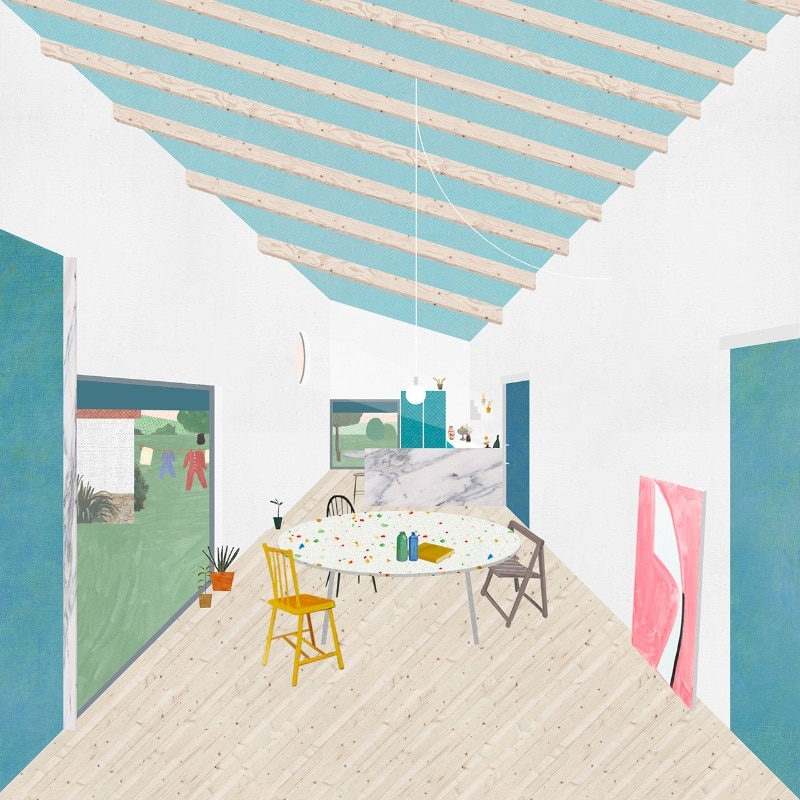
Traditionally, Portuguese architecture is strongly linked to time as a project’s element. Souto de Moura stands that a building lasting in time it’s a sustainable one, generator of a collective memory. What is the relation your projects have with time?
A very unpoetic answer. Concept phase, permit, execution project, getting quotes, construction site visits, taking pictures. Done.
How do you imagine the future dweller?
The future dweller is already there, renting a studio apartment, not buying kitchen appliances, trying not to have too many things and reluctant to get a dog. Afraid to settle down and ready to move any time.
This interview is part of “Superdomestico. A Dialogue on the New Obsession with Domesticity”, a research project by the casatibuonsante architects’ office and a cycle of lectures promoted and hosted by Ostello Bello, in Milan. Its aim is to analyse the domestic environment and its changes in relation to mechanisms linked to the contemporary economic system. The second evening will be #Superhouse, with fala and Fosbury Architecture, 21 March 2018, h.19.00, via medici 4, Milan.


